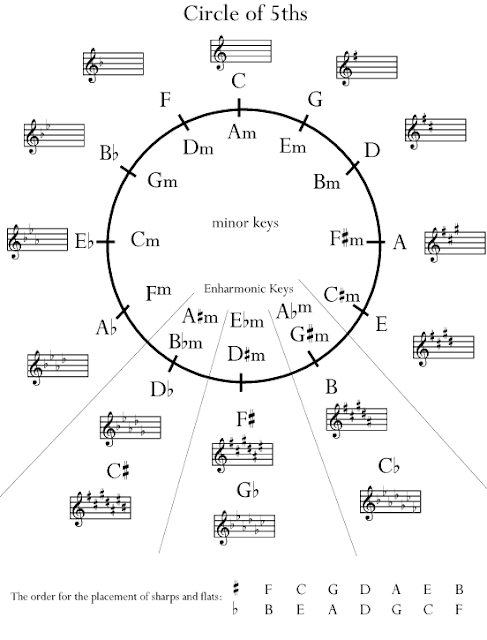"All of a sudden I realized something about my own methods of learning. I usually tried to block out all other things so I could cram new information into my head. It rarely worked. My brain, being cramped already, would usually spit the information back out. I could imagine a "No Vacancy" sign posted on the door to my brain saying "No more information please."
...When I play at my best, I'm not thinking. I'm in the 'zone.' Music is flowing through me, but this flow is broken sometimes when I make a mistake. My mistakes are often caused by frustration, and making mistakes often causes me to become frustrated. Many times, poor technique is at the root of the problem. Poor technique robs me of free expression. It's like I hear what I wanna play, but my technique doesn't allow it to come out.
Now, in order for me to play freely, I need good technique, but I don't wanna be thinking about my technique while I'm playing any more than I wanna be thinking about my mouth when I'm talking. So, when I practice, I use 'concentration' to learn what technique is. Then I use 'not concentrating' to get completely comfortable using the technique. Combining the two concentration methods allows me to get a complete grasp of the technique.
If 'not concentrating' is where I want to end up, I need to add it to my practice routine. Combining 'concentrating' with 'not concentrating' is necessary to complete the circle. This is yin and yang. Both parts are needed to complete the whole. We know how to concentrate and we know how to practice concentrating, but do we know how to practice 'not concentrating'?"
(*pages 84-85)
















